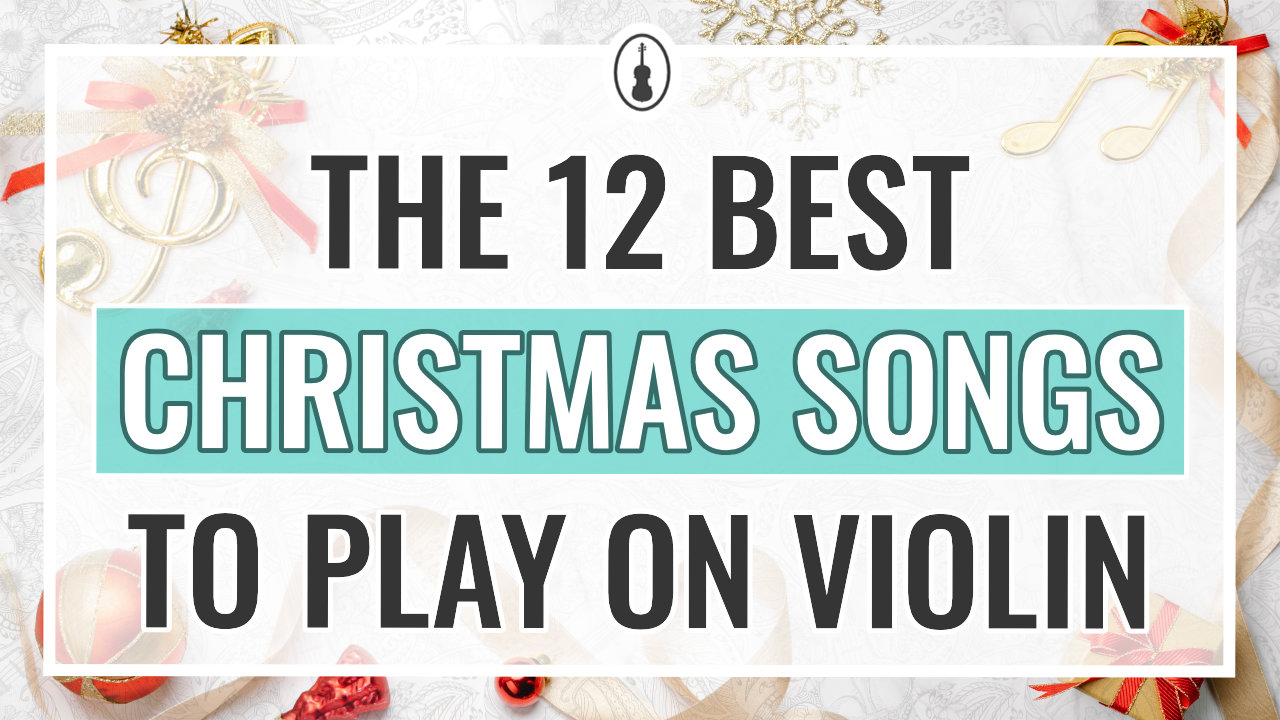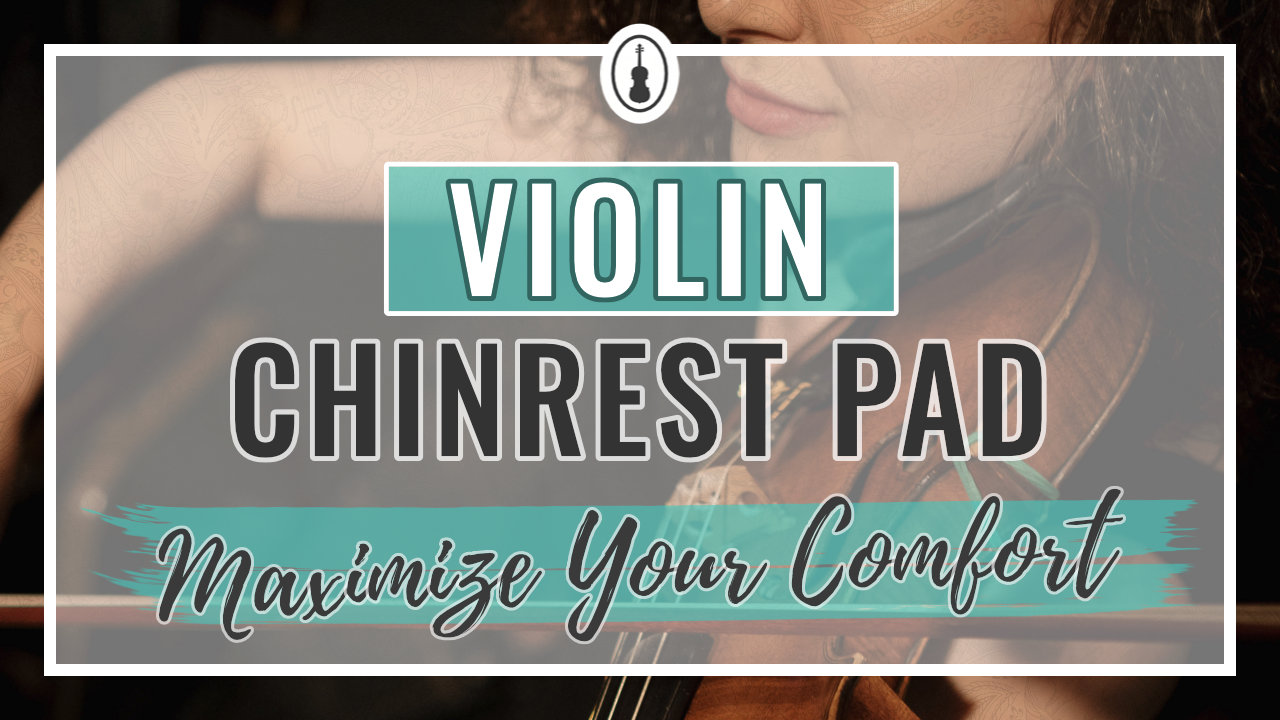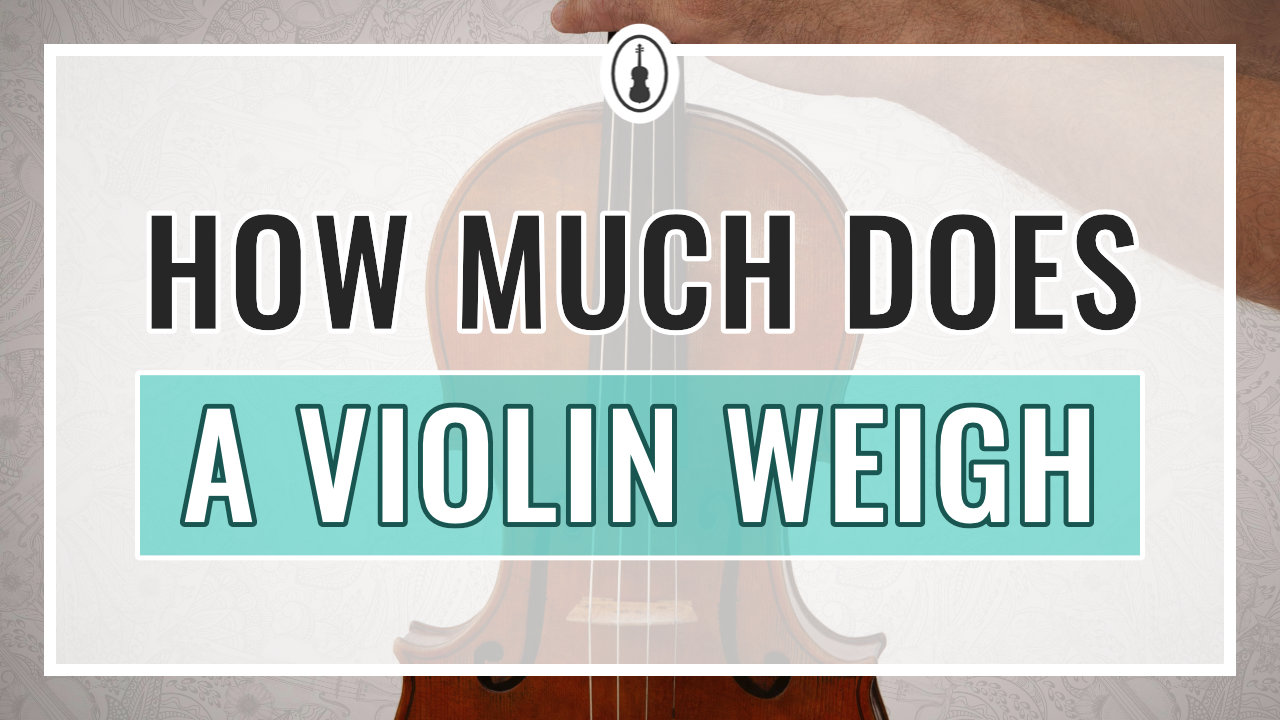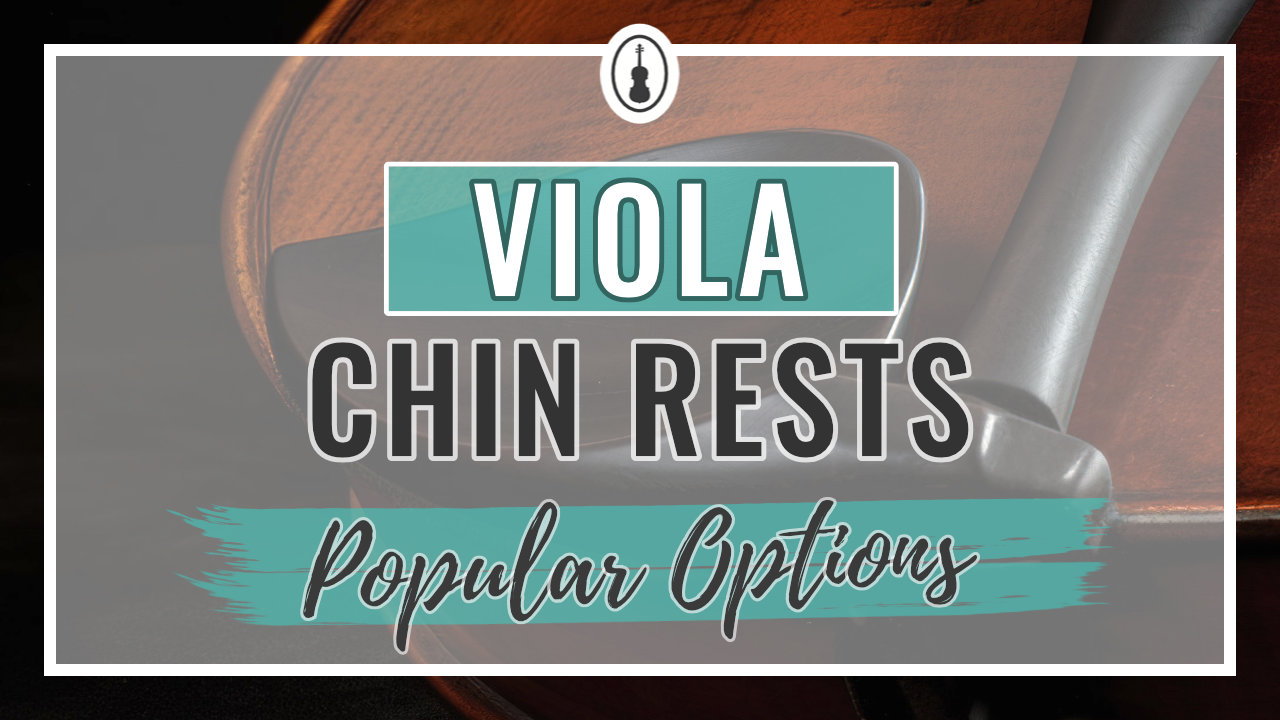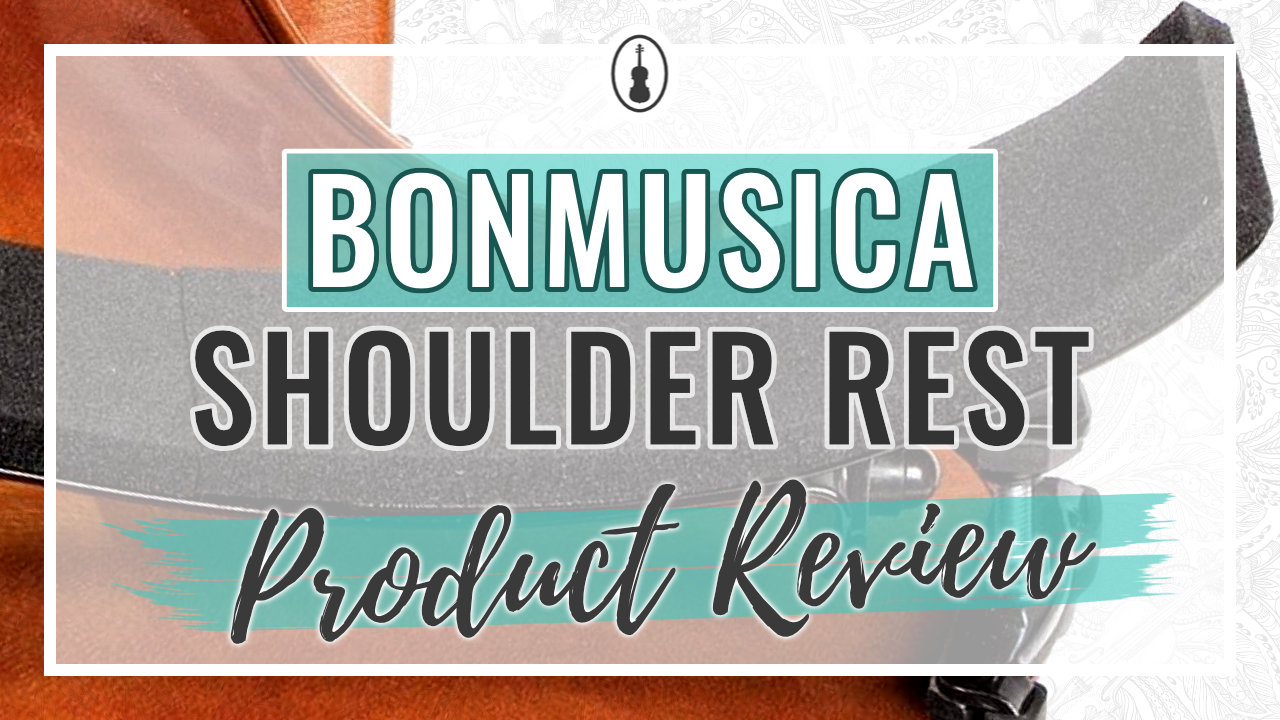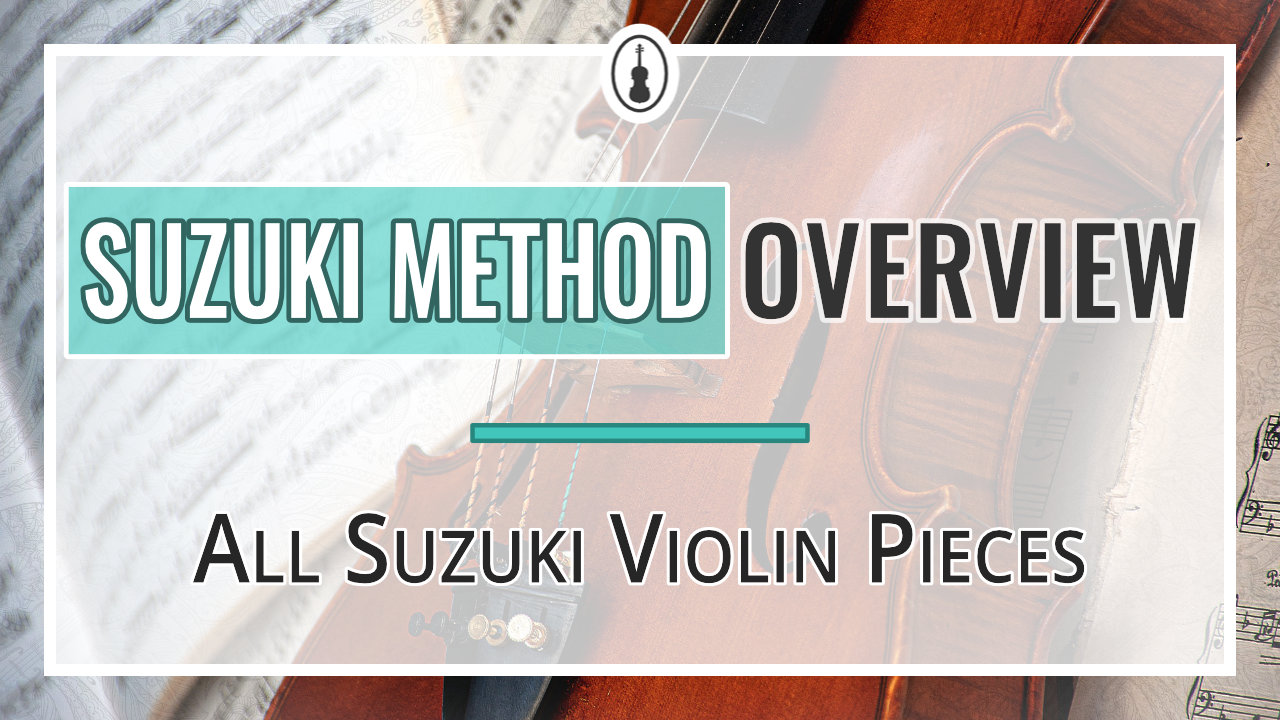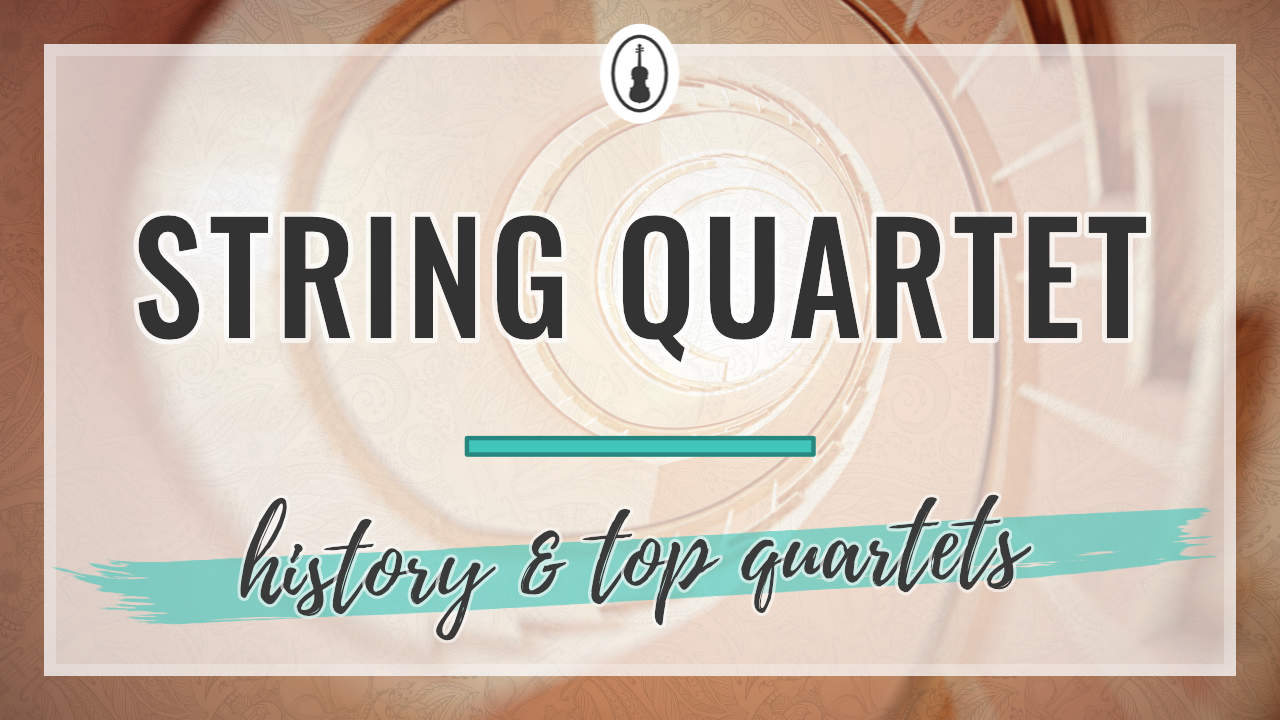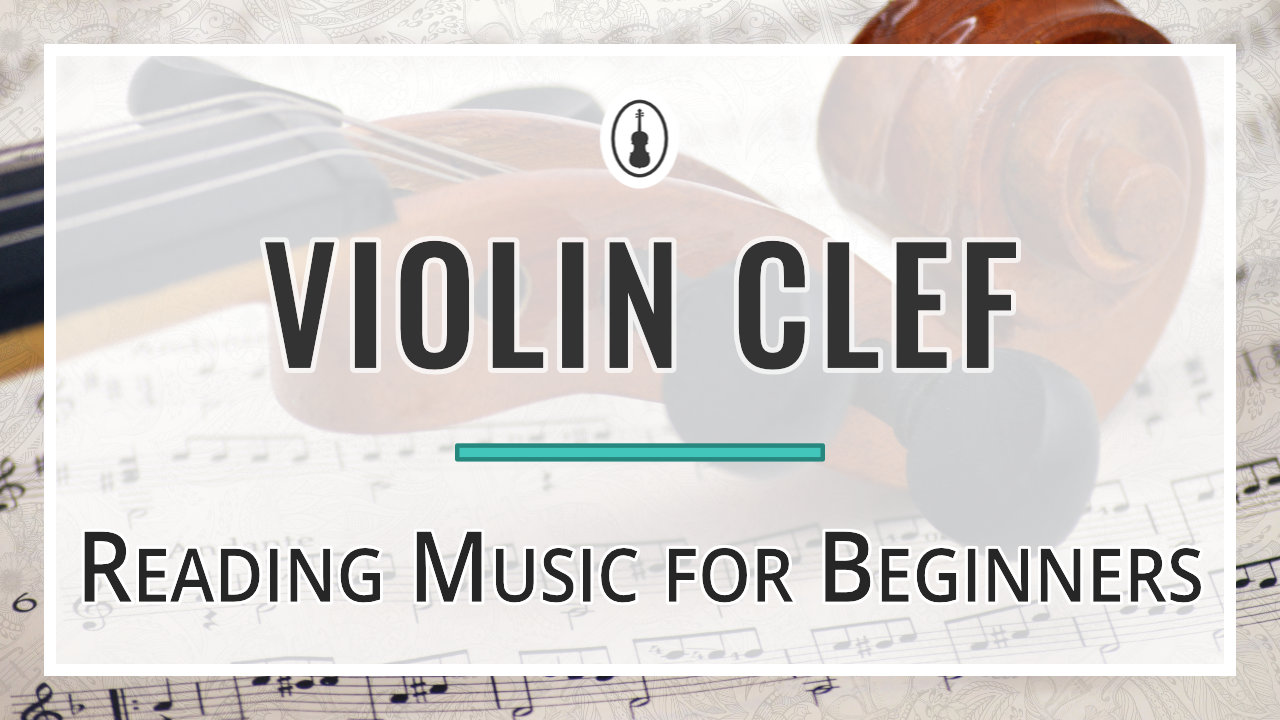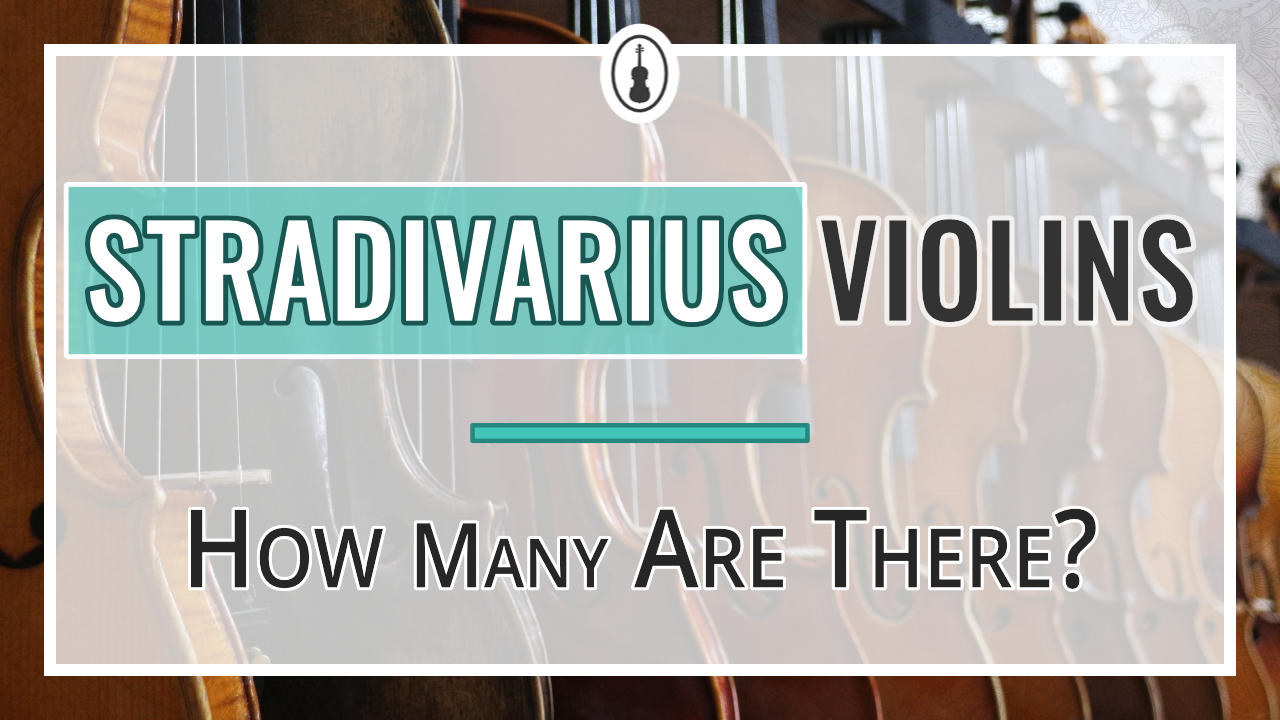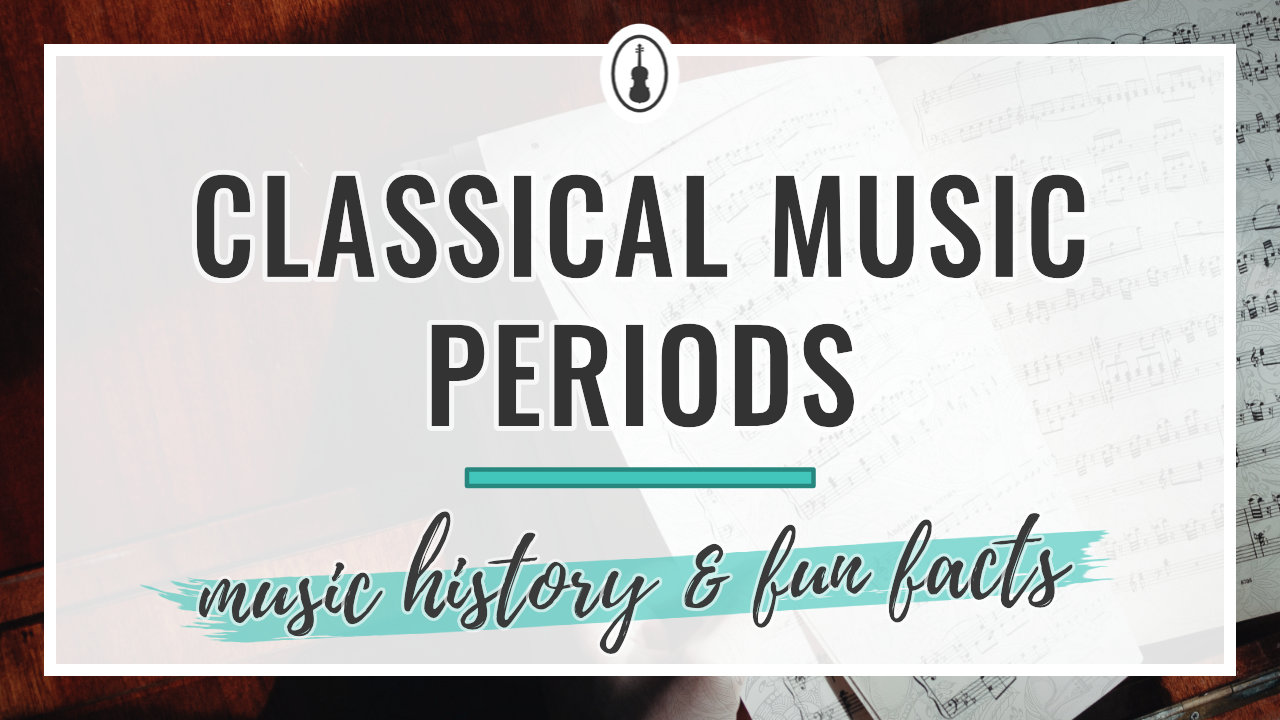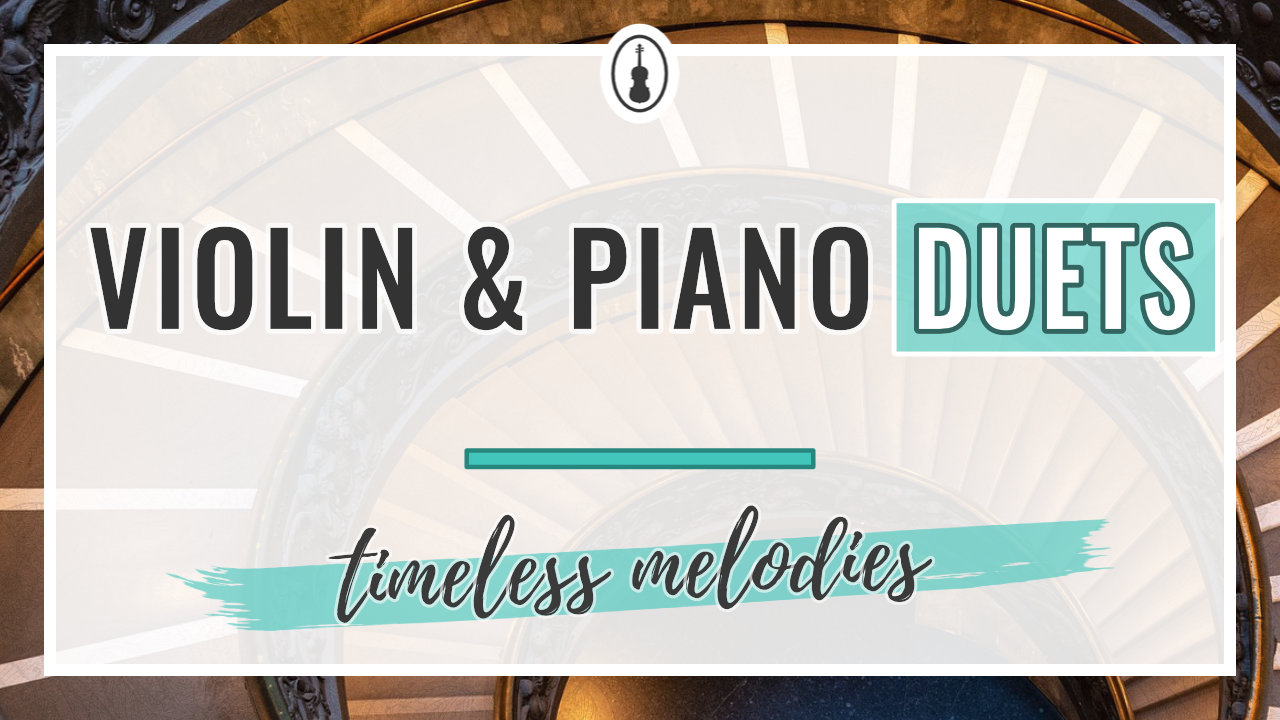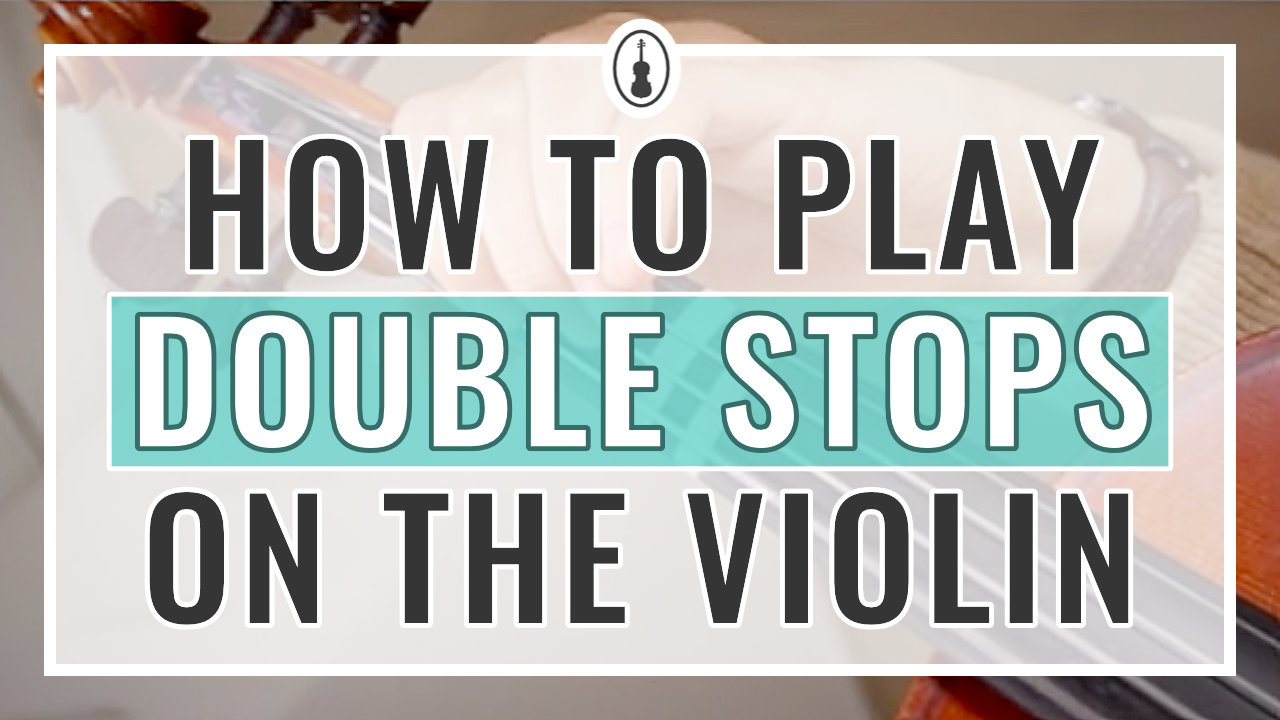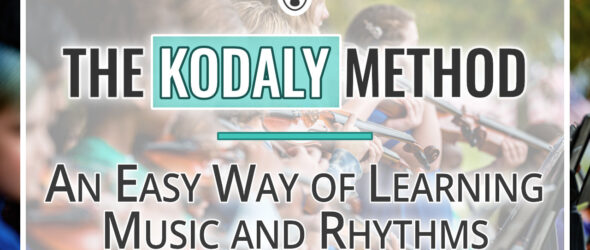
The Kodály method (oftern spelled as Kodaly, without the special character) is a form of musical education developed by Hungarian composer and pedagogue Zoltán Kodály in the 20th century. Although this is a method music educators use mostly with young children, this different approach to learning music can be very beneficial for adult learners!
The Kodaly method is built on learning music in a logical and sequential manner through collaboration, singing, rhythm exercises, and learning folk songs. Keep reading to learn more about this method, the man behind it, and how you can incorporate a few of these valuable concepts into your own violin practice.
Who was Zoltán Kodály?
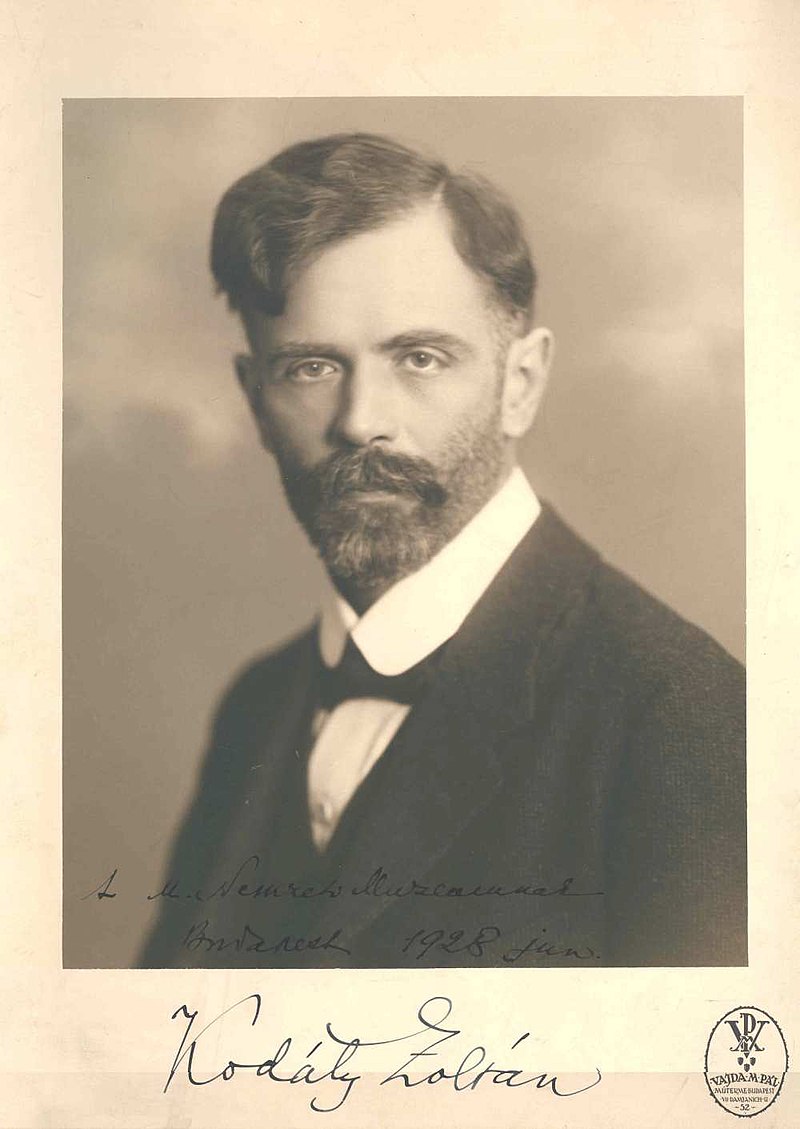
Zoltán Kodály (1882-1967) was a prominent Hungarian composer and pedagogue who reformed music education in his home country.
Early on in his career, he traveled the country and recorded folk songs. He met Béla Bartók doing the same thing, and they became friends and lifelong supporters of each other’s work.
When Kodály was studying music as a child and young adult, he was taught in the classical tradition: one-on-one instruction, learning music written in the 1700s and 1800s by composers like Bach, Mozart, and Beethoven. But as he grew in his musical studies, he became fascinated by Hungarian folk music and more modern writing. During this time, he reflected on the music education programs in his country and found that they were lacking.
After hearing local music students perform, he decided to try to reform music education in Hungary schools. He thought the students’ singing sounded terrible and wanted to offer music educators a better method of teaching music.
An Overview of the Kodály Method
The Kodaly method is a way of teaching music that’s built on group learning, folk music, and internalizing musical concepts like rhythms. Kodály believed that students can understand music at a deeper level if they learn their native folk music, especially songs they’ve already been exposed to. He also promoted the use of solfège and rhythm syllables as a means of understanding pitch relationships and rhythmic patterns.
Let’s dive into the details of the Kodály method!
Group Learning
A key Kodály concept is learning in groups and collaborating. Students are taught in groups, rather than the traditional one-on-one style.
Music students are asked to make music together as a group through rhythmic activities and choral singing, and sometimes they’ll break up into smaller groups to try singing exercises.
If you walk into a Kodály music room, you might see groups of music students singing in rounds, practicing improvising sung melodies, or playing clapping games. This musical collaboration strengthens many important social skills and memory development; and will help them collaborate musically, even in a classical tradition.
Singing
Kodaly’s idea to teach music in a new way was inspired by the bad student choir performance he’d heard. He believed that a stronger music education program in Hungarian schools would help improve their singing and musical abilities.

Naturally, singing became a very important component of the Kodály method. The composer also believed that the voice is our first, most innate instrument, so developing it is an important foundation for all other music-making.
Movable Do Solfège and the Kodaly Method
Solfège is a system of syllables representing pitches. The syllables are Do, Re, Mi, Fa, Sol, La, Ti, and go back to Do. There are two ways we can use them: Fixed Do, and Movable Do.
The Fixed Do system means that these syllables are always on the same pitches, no matter what key you’re singing in. So, Do is always C, Re is always D, and so on.
In Movable Do, the syllable Do becomes whatever the tonic note is, then Re is one step higher, and so on. This means the syllables aren’t always on the same pitches for every song you sing.
Take a look at a comparison of the fixed and moving ‘do’ in the picture below.
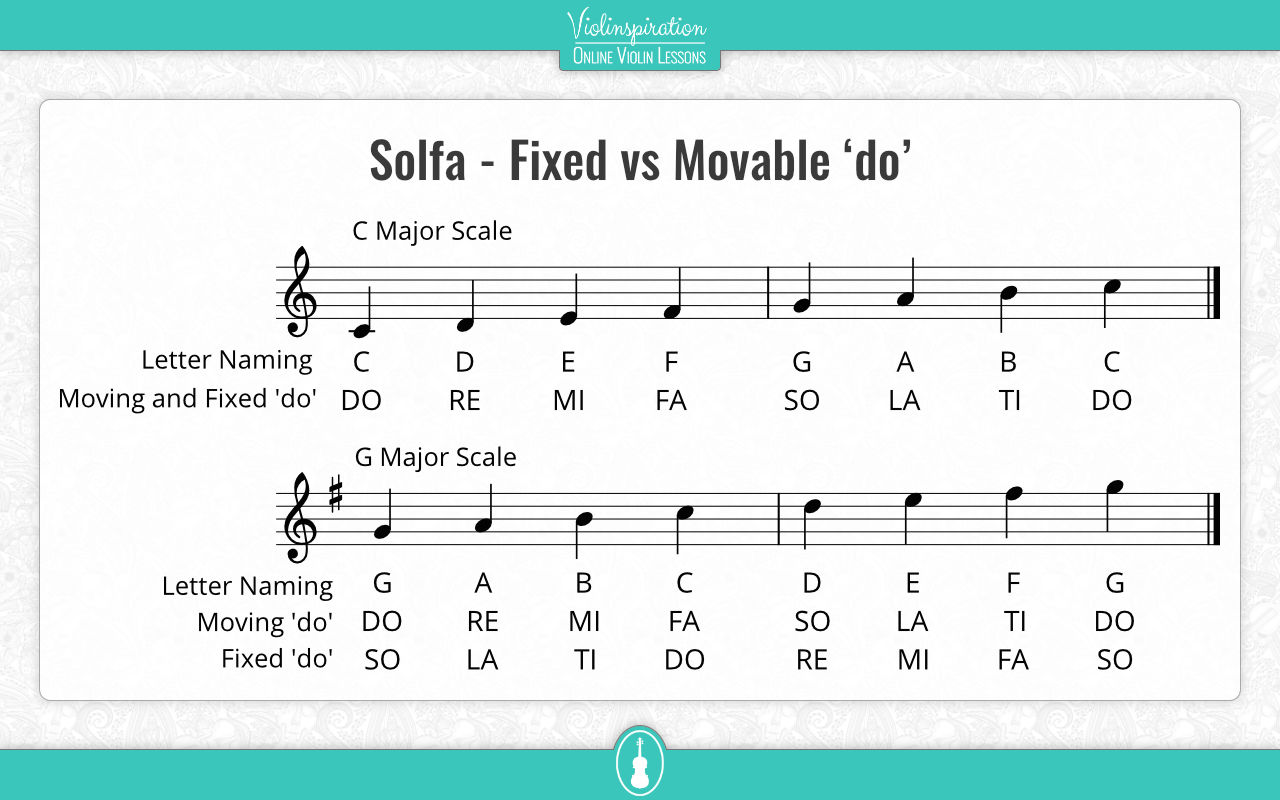
Movable Do is generally the preferred solfège system in most music education settings, especially in the Kodály method, because the syllables can show you how each note is related to each other within a piece of music. Using this system helps to develop a student’s musical ear: understanding the relative pitch (a distance between pitches) will help them in sight singing (a form of sight reading), and will help them understand musical ideas faster.
Solfège Hand Signs
Solfège hand signs were created by John Curwen, an English pedagogue whom Kodály admired. These provide a visual aid to understand how pitches work together in a song.
These hand signs, in addition to showing the solfège, also show the place in the scale; each sign has a specific placement in front of a person’s body. The lower Do is the lowest, held around the waist, and the higher Do is held all the way at the top of the head. This helps students visualize where the pitch is in their range and can help them better judge the intervals between notes.
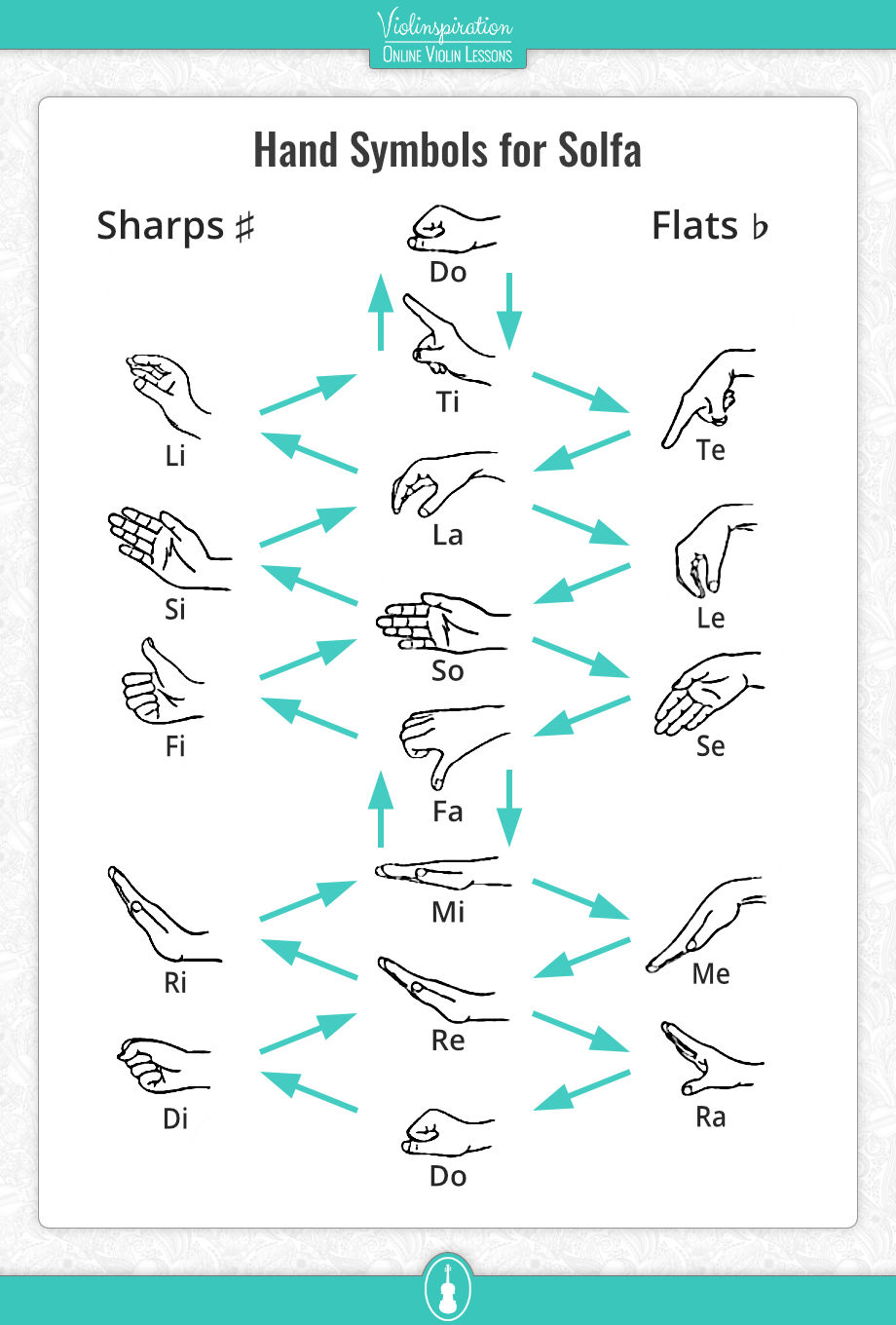
Rhythm Syllables in the Kodály method
In addition to assigning syllables to pitches, the Kodály method makes use of rhythmic syllables as well. Each type of note value has a different syllable attached to it, in an effort to help students sing rhythmic patterns and hold note values for their intended lengths.
The syllables:
- Whole note: “to-o-o-o”
- Dotted half note: “to-o-o”
- Half note: “to-o”
- Quarter note: “ta”
- Eighth note: “ti”
- Four sixteenth notes: “ti-ka-ti-ka”
I prepared for you a chart with the most frequently used Kodaly Rhythm Symbols that you can print and use during your practice time. You can download it below, or click here to get a direct access to the full chart with 32 rhythms and a Note Reading course that follows the Kodály method (Julia’s Violin Academy members only).
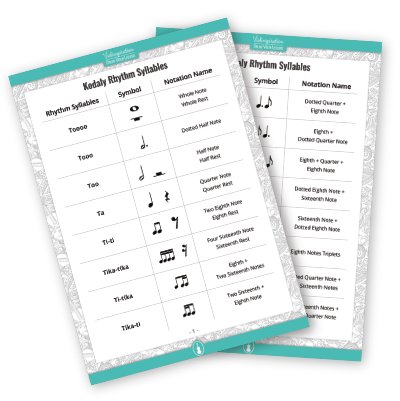
Kodaly Rhythm Syllables
Download Free PDF
Zoltán Kodály believed that students had a difficult time internalizing rhythms and making sense of them. In his music education method, rhythm is taught with these syllables, and through movement (based on the teachings of Emile Jacque-Dalcruz). These concepts are taught aurally for the music students to make sense of them before teaching them how to notate them. You might notice that this is a similar concept to the teachings in the Suzuki Method!
Creative Skills
Expressive and creative skills are highly encouraged in the Kodály method. Through the use of solfège and rhythmic syllables, music students can feel empowered to improvise melodies and rhythms because they have the tools to do so. This is a concept that can feel difficult for some musicians who experienced a more traditional music education approach.
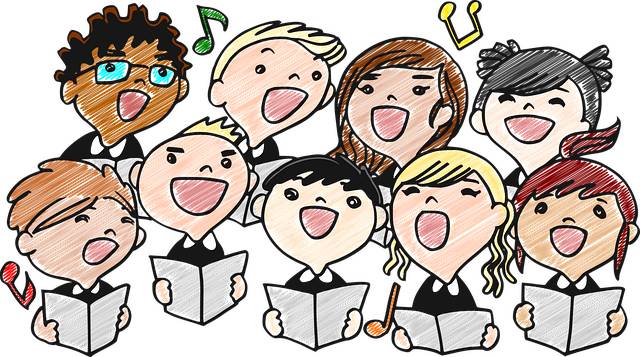
Staying creative and practicing creativity is especially important for students at a very young age going through the Kodály method. Using creativity helps young children unconsciously learn music and truly enjoy it, giving them a great foundation for future musical training, and a natural and instinctive understanding of musical concepts.
Folk Music
Kodály music education asks teachers to emphasize folk music, particularly in the student’s mother tongue. Teaching the students to understand the basic musical elements that makeup songs they’re naturally exposed to will help give them rich musical literacy and understand the distinctive sound of their local music.
Early Kodály music education was taught with musical material taken from Hungarian folk songs since that was the home of his mobile musical school. The students were Hungarian, and therefore the teaching methods focused on Hungarian music.
Now, the system can be adapted for students in any country, following their own unique folk traditions.
How the Kodály Method Compares to Traditional Music Education
There are a few big differences between traditional music classes and group music lessons versus Kodály-style activities. Although one-on-one instruction can be helpful for music education, group learning provides the opportunity to create and work together with other students.
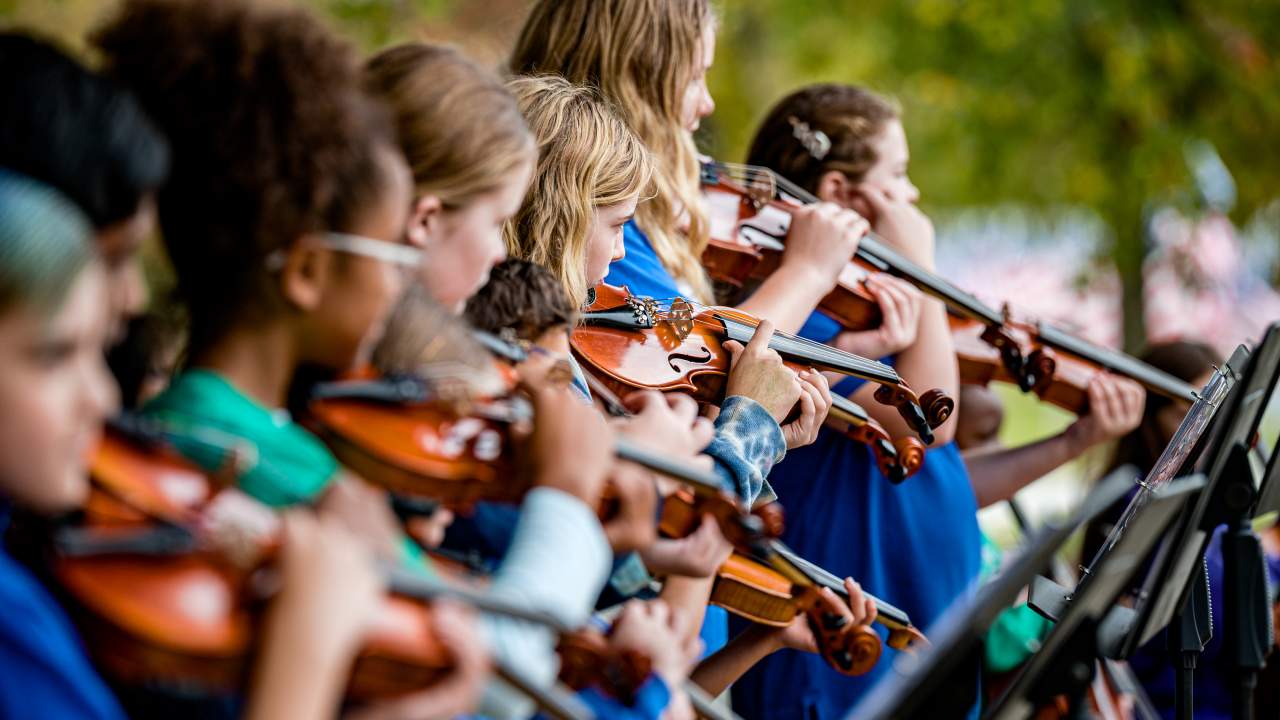
The traditional music curriculum was designed mainly for teaching skills on one specific instrument, while the Kodály method begins with using the voice as the universal instrument and expands music learning gradually, based on any instrument.
Advantages of Using the Kodaly Method
The Kodály method of musical education is a great way to teach music to kids at an early age. It can be a very sensory experience, which helps many children learn faster, with a deeper understanding of the material.
Very young students go through lessons to help them feel musical rhythms. In groups, the music students observe different sounds: both from humans and instruments; and how to feel the beat in different types of music. They use drums, rhythm sticks, and other beginner instruments to learn folk songs.
Incorporating The Kodály Approach Into Your Own Practice
Now that you know what the Kodály method entails, you might be interested in trying it out for yourself. While the Kodály approach can be used for music students of any age, it can be difficult to find classes for adults. An easier option is to try to incorporate some of these music education concepts into your own violin practice.
Rhythm skills
A great concept in the Kodály method is to learn is the rhythm syllables that help you internalize and learn rhythmic patterns faster. Using the Kodály rhythm syllables as you learn a specific rhythm can help you understand it faster and play it a bit easier.
A great way to practice this is through rhythm flashcards. I offer over 100 flashcards, each one with different rhythms you may find at some point in your violin music. Try speaking the rhythm on a flashcard using the Kodály rhythm syllables, and notice if it feels any easier. You can even try playing games with these cards (directions here!) while using the syllables to sound out the rhythms. It’s a fun way to strengthen your musical skills!
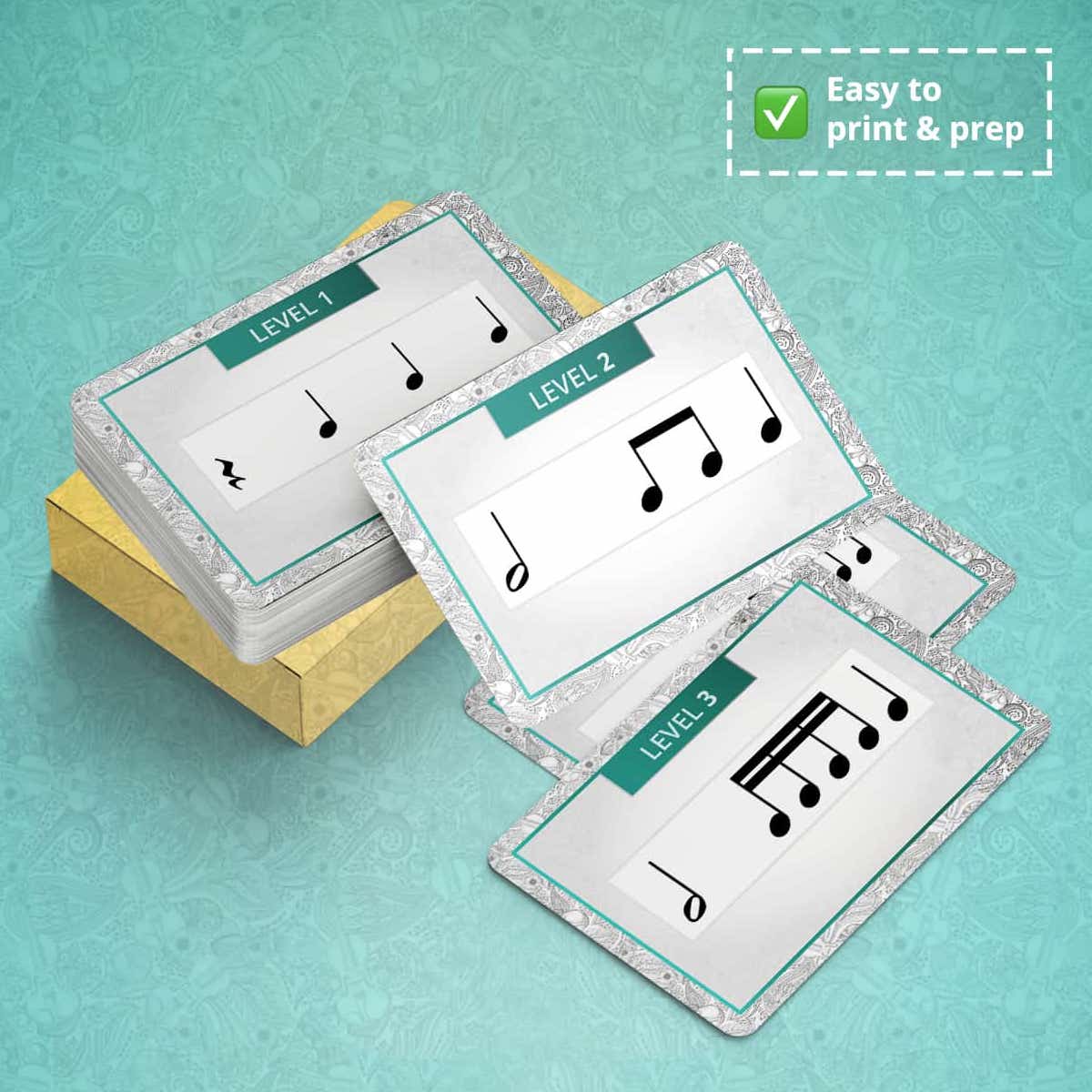
Download Your Free Rhythm Cards
Levels 1 – 4

This is a proven method to learn and understand rhythms faster than traditional counting. You can also try speaking through rhythm patterns in a piece you’re working on using the syllables. It might make it all click for you!
Kodaly method in learning note reading
The Kodaly method is also a great help when you’re starting to learn to read notes. I used this method when teaching the Note Reading course at my online school, Julia’s Violin Academy, and my students loved it! We practiced together in a group and repeated the syllables for various rhythms. Saying out loud the Kodaly syllables helped my students remember how to count the length of different notes, especially those dotted ones.
If you’re a member of Julia’s Violin Academy, click here and check out the Note Reading course with 16 lessons plus additional resources like the full set of the Rhythm Cards and the Kodaly Syllables.
Final Note
The Kodaly method is a well-thought-out form of musical education, particularly geared toward children to help them learn and internalize music. Thanks to Zoltán Kodàly, children worldwide are being exposed to music with comprehensive music education.
As adults, we can also take away great practice skills and learning concepts from the method, including ways to strengthen solfa learning and rhythm skills. Download the rhythm syllable sheet and rhythm flashcards (or directly upgrade it to a complete set with 10 levels), and see for yourself how they can help you in making music!

Kodaly Rhythm Syllables
Download Free PDF

Download Your Free Rhythm Cards
Levels 1 – 4

Want to learn about another form of musical education?
- Read all about the Suzuki method next!
- Or, jump into the violin technique practice with Sevcik’s School of Violin Technics


